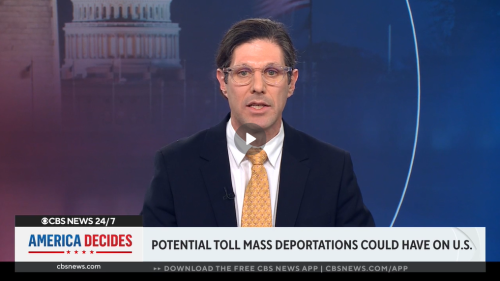Deepthi Valli is weighing choices she’d rather not have to make: Return to India or enroll in graduate school. It doesn’t appear she can keep working at Cerner Corp.
Valli, 26, is one of thousands of highly skilled foreign-born employees whose U.S. employers can’t get the work visas needed to keep them employed. Federal limits on the work permits, called H-1B visas, are too low to meet employers’ requests.
Valli, who has been working at Cerner under a training visa, wants to stay in Kansas City. But to stay employed, she needs an H-1B.
That’s not just Valli’s problem. And it’s not just Cerner’s problem.
According to a report released earlier this month, her inability to keep working in the U.S. sends a negative ripple throughout the job market, depressing job growth and wages for American-born workers.
The report from the Partnership for a New American Economy catches a political hot potato. Efforts to increase the number of H-1B visas have been considered in Congress but opposed by trade unions, professional organizations and members of both major political parties.
They argue that immigrant labor, especially in the high-skill science and technology jobs, works at lower pay and takes work away from American-born workers.
Not so, says the Partnership report. It says that federal law limiting H-1B visas to 65,000 a year hurts job creation for Americans whose jobs would be tied to H-1B positions. Also, employers who sponsor H-1B visas must submit documentation that they pay prevailing wages.
Researchers analyzed extensive job and economic data from 2007-2008 to conclude: “Denying H-1B visas didn’t help the economies of America’s cities or their U.S.-born workers. … Instead, it cost their tech sectors hundreds of thousands of jobs and billions in missed wages.”
The report said H-1B visa denials in 2007 and 2008 meant that as many as 230,000 spinoff tech jobs for American-born workers weren’t created in U.S. metro areas.
That cost U.S.-born, college-educated workers in computer-related fields as much as $3 billion in aggregate annual earnings, it said.



